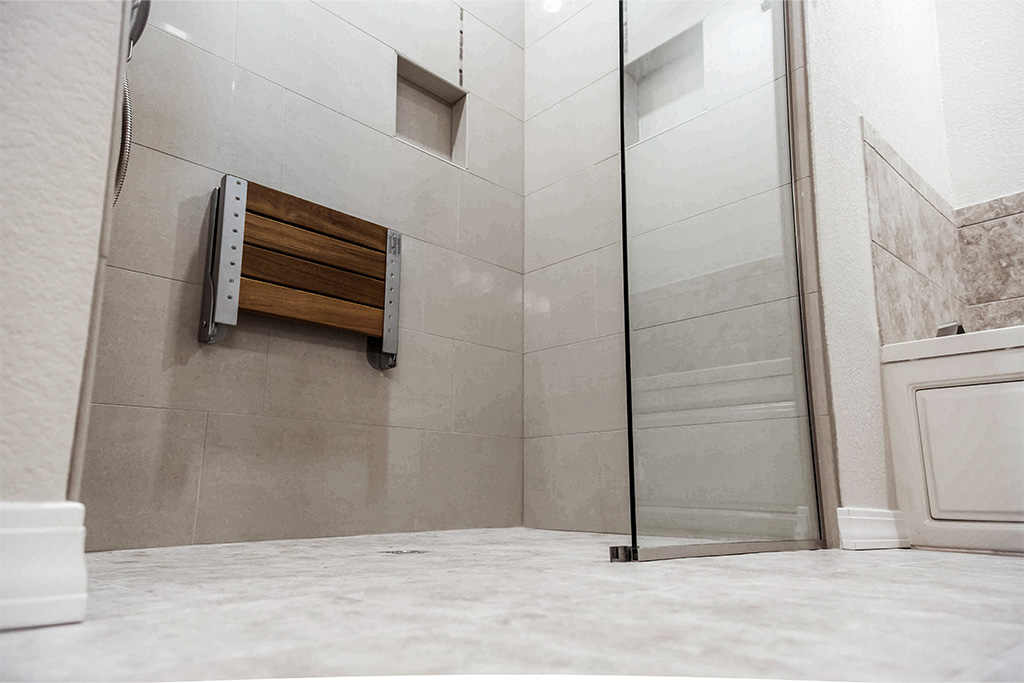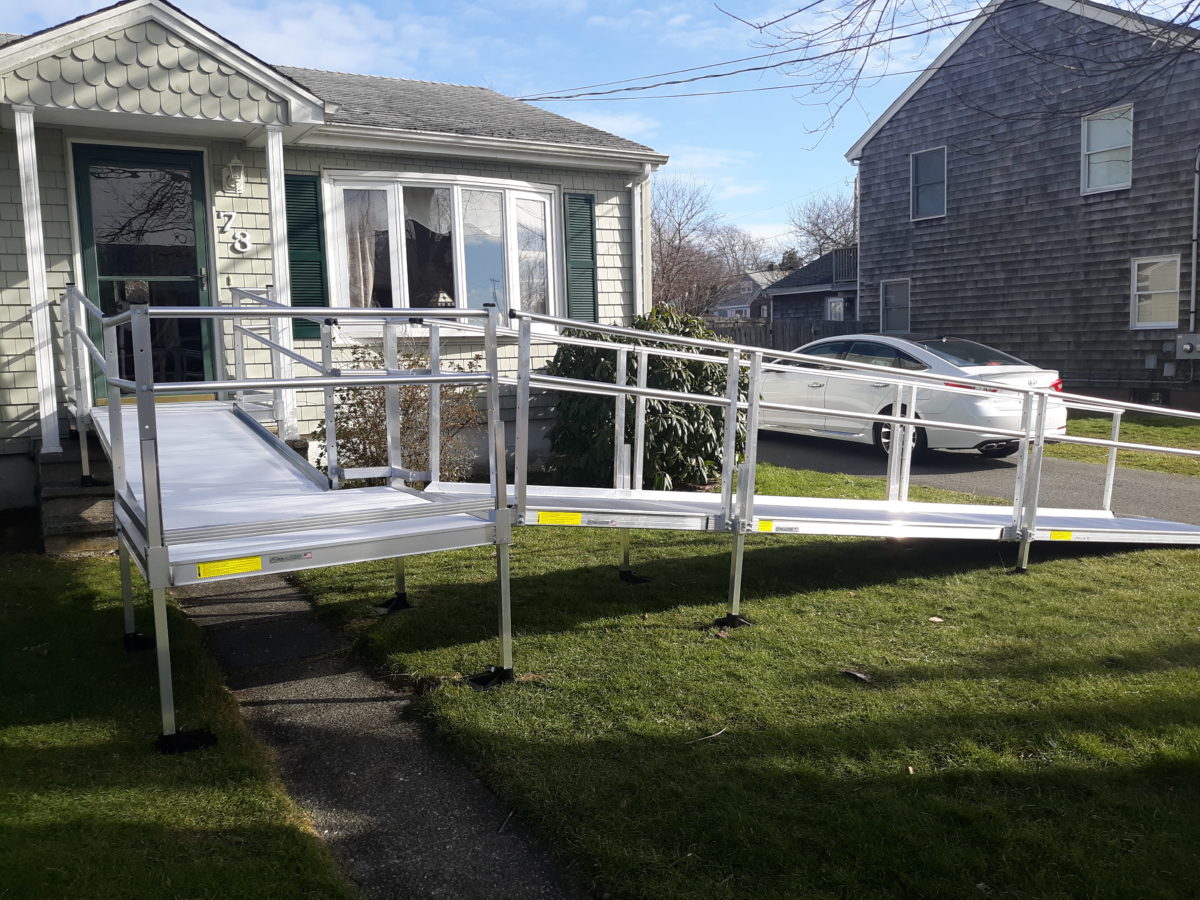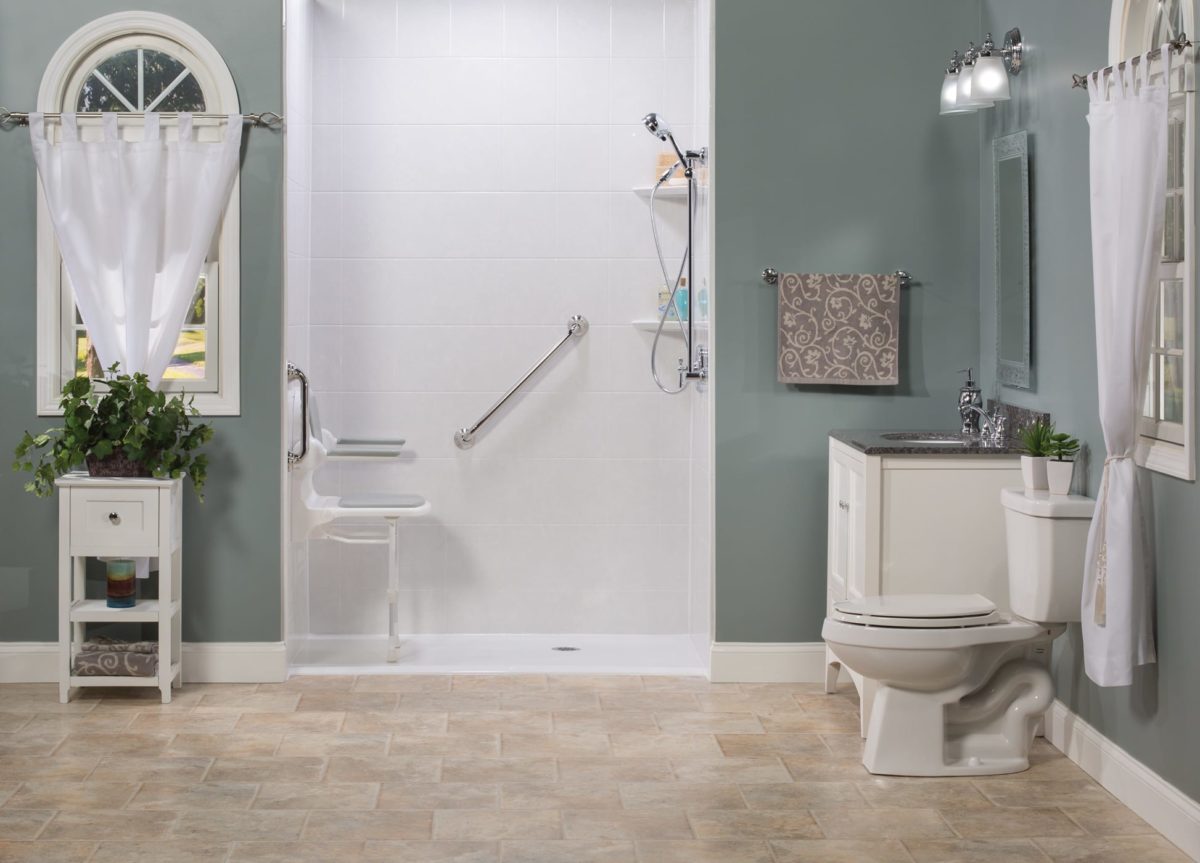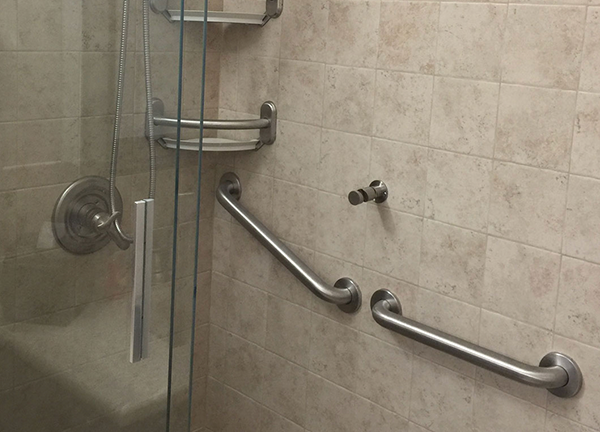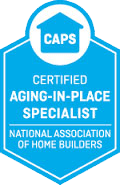For many of us, ascending and descending stairs is a thoughtless part of daily life. But for the elderly, disabled, or those with limited mobility, stairs can represent a daunting hurdle. However, with the right tools, techniques, and mindset, stair navigation can be made not just manageable, but safe and even empowering. Join Home Mobility Pros as we explore a range of strategies to ensure safety on every step, focusing on not just the individual’s action, but also on home modifications and the invaluable role of caregivers.
Safe Stair Navigation for Individuals with Limited Mobility
Stair safety is paramount for those with limited mobility. An accident on the stairs can have serious repercussions, from a minor injury that affects mobility further to a potentially life-altering fall. Safe stair navigation is not just about preventing falls; it’s also about preserving independence. When the fear of stairs is reduced, so too is the reliance on others, bolstering self-confidence and freedom of movement within the home.
Understanding Limited Mobility
What does it mean to have limited mobility, and who does it affect? Limited mobility can result from various conditions, such as arthritis, stroke, or spinal cord injuries. It affects an individual’s ability to move around freely, especially on uneven and challenging surfaces like stairs. By understanding the causes and implications, we can tailor our strategies to support the specific needs of those we aim to help. Limited mobility refers to any condition where a person’s ability to move about is restricted. Each case is unique, so a tailored approach to stair safety is crucial. Common causes include:
- Arthritis, which can make bending or putting weight on the knees and hips painful
- Stroke, often resulting in partial paralysis or difficulty with balance
- Multiple sclerosis, impacting muscle control and causing weakness
Modifying Stairs for Safety
Creating a safe stair environment is not just the responsibility of the individual; it’s a shared duty of the household. Implementing simple modifications can significantly reduce the risk of injury.
Installing Handrails
Sturdy, well-placed handrails provide a crucial support aid for those with limited mobility. They should be on both sides of the stairwell, starting slightly before the first step and extending slightly past the last step, for consistent support throughout the journey.
Adding Non-Slip Treads
Slippery stairs are dangerous, particularly for those with balance issues. Treads can be adhered to the surfaces of the steps, offering traction and a firm footing.
Ensuring Proper Lighting
Poorly lit stairs can lead to missteps and falls. Install bright, consistent lighting to clearly illuminate each step. Consider motion-activated lighting to ensure visibility even in the dark.
Assistive Devices and Techniques
In addition to home modifications, there are various devices and techniques that can aid in safe stair navigation for those with limited mobility.
Use of Mobility Aids
Canes, walkers, and wheelchairs provide invaluable support. It is essential that the individual is using the correct aid for their specific type and level of mobility impairment. Proper training and instruction on how to use these devices safely are crucial.
Taking One Step at a Time
Encourage the individual to take their time and focus on each step. This approach can help them feel more secure and in control while navigating the stairs.
Correct Techniques for Ascending and Descending Stairs
The right technique can make all the difference. Always hold onto the handrails, keep one hand free if carrying an object, and focus on each step. When ascending, step with the stronger leg first; when descending, begin with the weaker leg.
Creating an Accessible Environment
Stairs are just one element of an accessible home. To support overall ease of movement, consider these broader environmental changes within the home.
Removing Obstacles and Clutter
A cluttered staircase is an accident waiting to happen. Keep paths clear and steps free of any objects that could cause a trip or fall.
Clear Signage and Markings
Sometimes, a visual indicator is all it takes. Use contrasting colors or tape to highlight the edges of each step, and ensure that everyone is aware of the stairway’s location and condition.
Considerations for Ramps and Elevators
For homes where a stairway presents an insurmountable obstacle, ramps or stair lifts can be invaluable. These modifications can enable access to upper levels or other areas without the challenge of stairs.
Caregiver Tips and Support
For many with limited mobility, caregivers are the unsung heroes of daily life. Their support is vital, and they, too, need strategies to ensure their charges’ safety.
Assisting Individuals with Limited Mobility on Stairs
For a caregiver, understanding the individual’s specific needs and mobility patterns is essential. Always be attentive, offer a steadying presence, and be prepared to offer a supporting arm or assistance as needed.
Resources and Support for Caregivers
Caregivers can often find themselves in need of support, too. Local and national resources exist to help them navigate the challenges of caring for someone with limited mobility. These can include support groups, educational materials, and respite care services.
Navigating Stairs Safely: Tips for Those with Limited Mobility
By applying some of these strategies, individuals with limited mobility can begin to reclaim a sense of autonomy in their homes. Safe stair navigation is a critical part of this process, and with the right information and resources, it can be a manageable — and even empowering — aspect of daily life. Home Mobility Pros is here to support this journey toward safety and independence. Whether it’s through proper handrail installation, choosing the right mobility aid, or providing unwavering support, we can all take steps to ensure that every member of our community can move about their homes with confidence and security. For more information on safe home mobility, reach out to us at Home Mobility Pros. Your safety is our priority.

